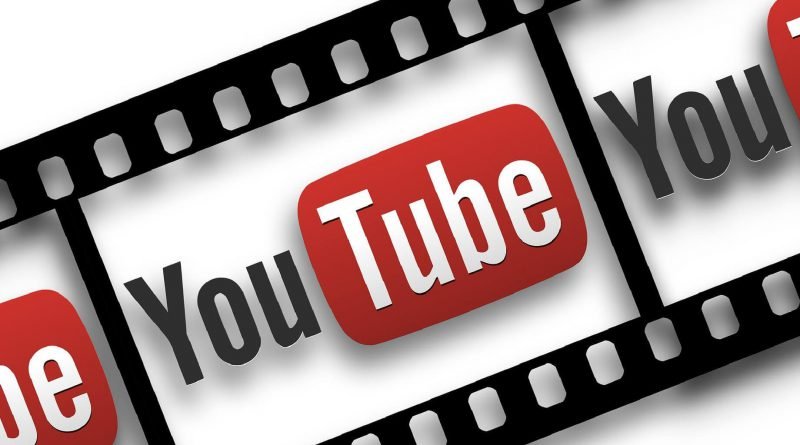How Many Views Does YouTube Start Paying You For Your Videos?
In today’s digital age, content creators have a wide array of platforms to showcase their talents, share their knowledge, and express their creativity. YouTube, being one of the most popular video-sharing platforms, has become a hub for creators to connect with audiences worldwide. A frequently asked question among budding YouTubers is, “How many views does YouTube start paying?” In this article, we’ll delve into the fascinating world of YouTube monetization and uncover the factors that determine when creators can start earning money from their videos.
The YouTube Partner Program: Before we dive into the view count specifics, let’s first understand the YouTube Partner Program. Launched in 2007, this program allows content creators to monetize their videos through various means, including ads, channel memberships, Super Chat, and YouTube Premium revenue. However, the journey to earning money on YouTube involves more than just racking up views. Let’s explore the essential criteria for eligibility.
- To qualify for the YouTube Partner Program, you need to have at least 1,000 subscribers on your channel.
- In addition to subscribers, your channel must have accrued a minimum of 4,000 watch hours over the past 12 months. This criterion ensures that creators are consistently producing engaging content that keeps viewers on the platform.
The View Count Threshold:
Once you meet the prerequisites mentioned above, your channel becomes eligible for monetization. However, it’s important to note that YouTube does not directly pay you based solely on the number of views your videos receive. Instead, views play a crucial role in determining how much you can potentially earn through ad revenue.
YouTube’s revenue model revolves around advertisements shown on your videos. The more views your videos accumulate, the more likely they are to generate ad revenue. While there’s no fixed number of views that guarantees payment, most creators start seeing a significant increase in earnings after hitting the 10,000-view mark.
Monetization Mechanics: YouTube’s algorithm places ads on your videos based on a variety of factors, including audience demographics, video content, and user engagement. Advertisers pay YouTube to display their ads, and creators receive a portion of that revenue through the YouTube Partner Program.
Creators earn money primarily through Cost Per Mille (CPM) and Cost Per Click (CPC) ad formats. CPM refers to the amount advertisers pay per thousand ad views, while CPC pertains to the amount earned when viewers interact with ads through clicks.
Keep in mind that CPM rates can vary widely, depending on factors like your audience’s location, the niche of your content, and the time of year. Videos with a higher number of views tend to attract more advertisers, leading to increased competition for ad placement and potentially higher earnings.
Conclusion:
In the world of YouTube monetization, the journey to earning money involves a blend of creativity, consistency, and engagement. While there’s no magic view count that triggers immediate payment, meeting the requirements of the YouTube Partner Program and amassing a substantial number of views are essential steps toward generating revenue from your content. So, if you’re passionate about creating videos and connecting with an audience, focus on producing high-quality content, building a loyal subscriber base, and engaging viewers to maximize your chances of earning money on YouTube.




